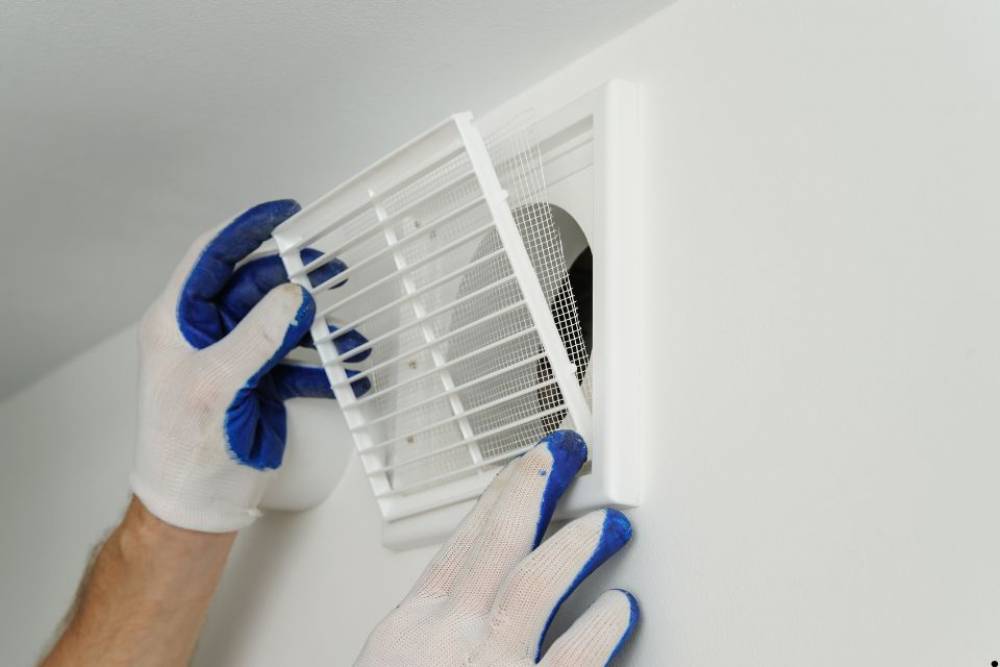
How Roof Replacement Services Ensure Proper Ventilation for Your Attic?
Attic ventilation plays a critical role in maintaining the health of your roof and improving energy efficiency in your home. When planning a roof replacement, ensuring that your attic is properly ventilated becomes an essential part of the process. Adequate ventilation helps regulate the attic's temperature and moisture levels, preventing mold growth, premature roof wear, and ice dams. We will explore how roof replacement services incorporate proper attic ventilation during the roof installation process and the benefits of doing so. This understanding can help you make more informed decisions regarding your roof's long-term performance.
Assessing Current Ventilation Needs
Before starting any roof replacement project, roofing contractors begin by evaluating the current ventilation system in place. This step involves inspecting the attic for signs of improper airflow, such as excessive heat buildup in the summer or condensation in colder months. An attic that lacks proper ventilation is prone to significant issues, including structural damage to the roof deck and insulation. Roofing professionals also measure the attic's size to determine the ventilation needed. Typically, the rule of thumb is to have one square foot of ventilation for every 300 square feet of attic space. By thoroughly assessing the existing conditions, roof replacement services can plan the appropriate ventilation system to ensure optimal airflow throughout the attic space, mitigating future risks.
Incorporating Ventilation During Installation
Roof replacement services do not simply focus on replacing shingles or repairing damaged areas—they also integrate ventilation systems into the new roof. A proper ventilation system typically involves a combination of intake and exhaust vents, which promote continuous airflow through the attic. Intake vents, often installed along the eaves or soffits, allow fresh air to enter the attic. Exhaust vents like ridges or gables expel warm, moist air. These vents create a balanced system that helps regulate the attic’s temperature and humidity. This ensures that heat buildup during the summer and moisture accumulation during the winter are kept in check, thus extending the roof’s life and improving overall energy efficiency. Additionally, roofing contractors may install baffles or rafter vents to prevent insulation from blocking airflow, further optimizing ventilation.
Preventing Moisture Buildup and Mold Growth
One of the key reasons attic ventilation is vital during roof replacement is its role in moisture control. A poorly ventilated attic can trap moisture, leading to mold growth, wood rot, and compromised insulation. Over time, these issues can weaken the roof's structural integrity and pose health risks to the house's occupants. Roof replacement services address this by installing ventilation systems that help prevent moisture from becoming trapped in the attic. Proper airflow reduces the chances of condensation forming on the roof’s underside during cold weather. In hot climates, ventilation prevents the accumulation of humid air, which could otherwise seep into the attic and cause damage. By prioritizing ventilation, roofing professionals ensure that the new roof installation offers protection from external elements and internal moisture-related problems.
Improving Energy Efficiency
Proper attic ventilation significantly impacts a home’s energy efficiency. The attic can trap heat without sufficient ventilation, causing your air conditioning system to work harder in the summer. Conversely, during the winter, improper ventilation can lead to uneven heating and the formation of ice dams along the roof's edges, which can damage shingles and gutters. By incorporating a well-balanced ventilation system during roof replacement, roofing contractors can help homeowners maintain a more consistent indoor temperature. This reduces the strain on heating and cooling systems and lowers energy bills. Furthermore, good ventilation reduces the likelihood of insulation deterioration, preserving its effectiveness and ensuring long-term energy savings. In this way, a well-ventilated attic is crucial in maintaining the home’s overall energy performance.
Extending Roof Lifespan
A properly ventilated attic plays a vital role in prolonging the life of your new roof. When heat and moisture are allowed to accumulate in the attic, they can cause significant damage to roofing materials over time. High temperatures can cause shingles to crack, curl, or blister, while trapped moisture can weaken the roof decking and lead to leaks. Roof replacement services address these concerns by ensuring the new roof has a ventilation system that promotes consistent airflow. This prevents heat from building up under the shingles and reduces the risk of premature aging. Moreover, proper ventilation helps protect the roof during extreme weather conditions, such as heavy rain or snow, by allowing moisture to escape rather than becoming trapped beneath the roof’s surface. By investing in ventilation during the roof replacement process by Accent Roofing of Maypearl, homeowners can ensure their roofs last longer and perform better over time.
Ensuring proper attic ventilation during roof replacement is essential for maintaining the long-term health of your home. By assessing ventilation needs, incorporating intake and exhaust vents, and addressing moisture control, roof replacement services provide a comprehensive solution that protects the roof, improves energy efficiency, and prevents costly issues such as mold growth and ice dams. Homeowners who invest in proper attic ventilation can enjoy the benefits of a longer-lasting roof, lower energy bills, and a more comfortable living environment. Understanding the importance of ventilation during roof replacement helps ensure that your investment will deliver optimal performance for years to come.

